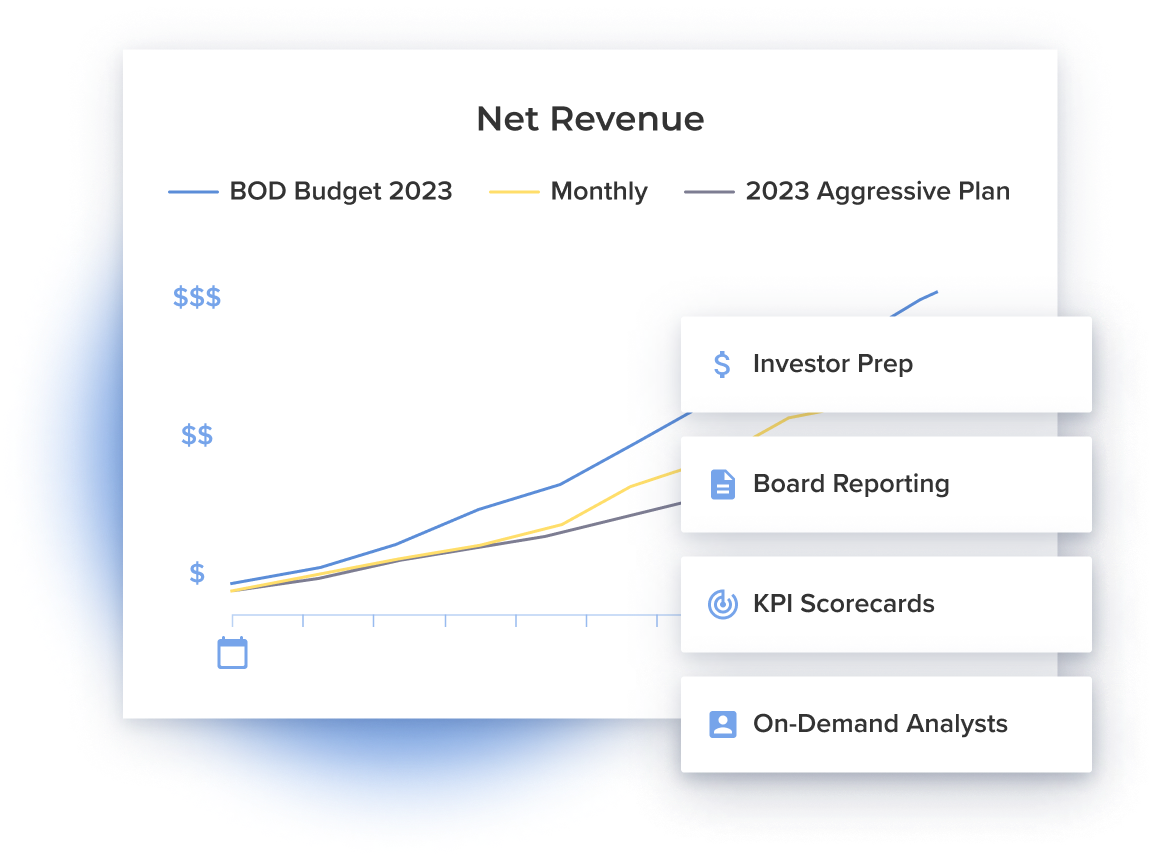Merchant Cash Advance
Made recently popular by ClearCo (ClearBanc), a merchant cash advance (MCA) allows borrowers to pay back advances with a percentage of their sales.
A note: MCA providers are careful to not call these “loans” (or call companies “borrowers”), so they can skirt regulations and usury laws. That said, for our purposes in this explainer, if you take money from someone you are the borrower, the person giving you the money is the lender, and the money they give you is the loan. Despite the jargon, you want to remember that, so you can properly compare your options.
While MCA has a few flavors, a common structure is:
- An MCA provider gives you a set amount of money.
- You agree to pay back that amount of money, plus something extra, by giving the MCA provider a specific percentage of your gross sales on a daily basis until you reach the owed amount.
For example, you may get $100,000 and have to pay back $106,000. You’ll do so by giving the lender 15% of your gross sales until you reach $106,000. Some providers will give you $90,000 and require you to pay back $100,000, while others will add maximum payback amounts per month (or some period) so you have a cap on how much you pay.
MCA is great if you need money quickly. Providers are fast and in some cases, like Shopify, you can get money into your account in minutes. It’s also relatively hassle-free. You always have to provide access to your data (like a Shopify account), but you won’t need to provide heavy-duty reporting or go through a major due diligence process.
Plus, MCA is taking their payment off the top. In Shopify Capital’s case, payment is taken directly from your Shopify account. Other MCA providers will hook into your bank and take money daily based on your previous days’ sales.
MCA providers also like to give you more money as long as you are paying well, so it’s usually easy to keep going. You can get increases over time, but keep in mind that the dollar amounts advertised on MCA provider websites are almost never what you initially start with (or get to). MCA providers tend to like to start smaller and work you up to bigger amounts.
Of course, there are serious downsides to MCA too, which we outline below.
It’s hard to find a more expensive form of capital. The MCA providers will make sure to tell you that you aren’t paying an interest rate and may even try to slide one by you — but now you know better. When you do the math correctly, you can easily get effective annual rates in the thirties, forties and even higher.
The reason is the time value of money, which basically says a dollar today is worth more to you than a dollar tomorrow. If I give you $100,000 and I ask for $106,000 back in a year, then you are paying 6% effective annual interest. But if I give you $100,000 and ask for $106,000 back in a week, then you are paying over 300% effective annual interest. With MCA, you aren’t paying back in a week, but 15 to 20 week payback periods are common.
Additionally, it’s rarely enough money. If you are in a jam and need a few hundred thousand dollars quickly and can take the hit on margin, go ahead. But MCA rarely provides enough money to be a good longer-term solution. The key problem is that you usually have to pay back all or most of the advance amount before you can get more money.
MCA doesn’t play well with other debt. If you have some form of senior debt, there’s almost no chance you will be allowed to use MCA. Senior lenders want (and their terms demand) first call on capital. If an MCA provider is skimming from the top before them, your senior lender won’t be happy. Most lenders are going to frown on your use of MCA (if not forbid it explicitly), but plenty of people do it and hope no one finds out...
Stacking MCA can be dangerous. Some companies who are desperate for money will take MCA from multiple providers. In that scenario, a huge percentage of your sales is being taken off the top — leaving you with much less cash. Obviously, that’s a problem. You need that cash to buy inventory, pay for ads, and keep the lights on.
Pros:
- Fast money.
- Lightweight reporting and management.
- The money is deducted automatically. You don’t need to save or worry about repayment.
- It’s a competitive space, so you can shop around for the best deals.
Cons:
- Expensive.
- Rarely enough money.
- MCA doesn’t play well with other debt.
- Stacking MCA can be dangerous.
Best For
- Early-stage, high-growth companies
Pairs With
- Equity
- Other MCA if you are desperate enough to do it



